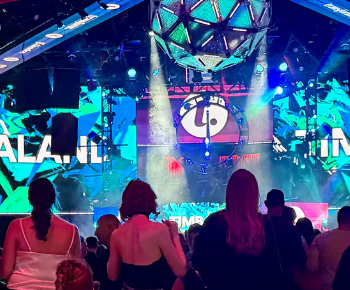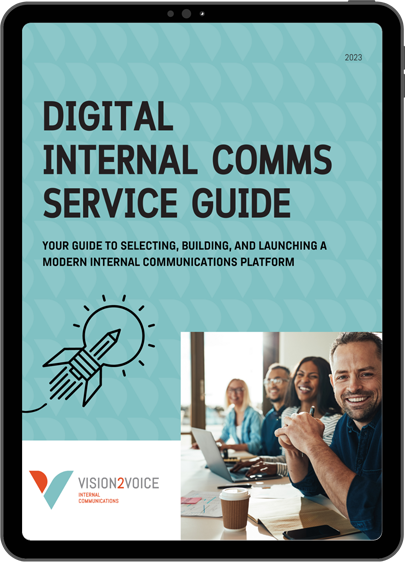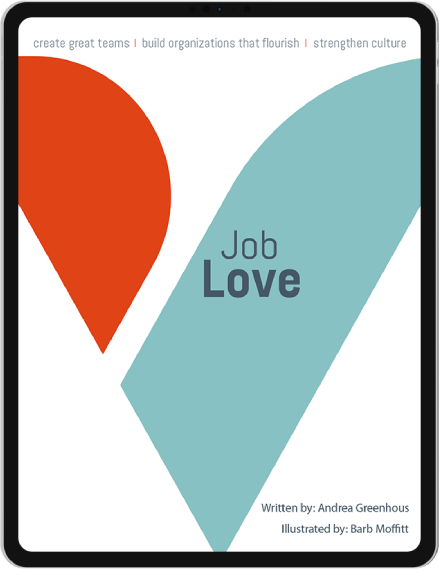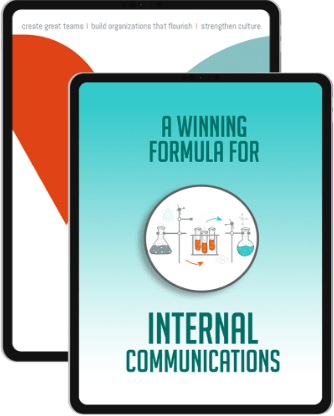All-employee meetings are the best broadcast communication channel, with an effectiveness rate of 88%.
~ 2022/23 Gallagher State of the Sector Report
Several clients have come to us in the past few months asking for help with their town halls. The problems and challenges are all too familiar for internal communications professionals. We think town halls are too critical not to invest time and energy in ensuring they contribute to the employee experience and produce results. So we set out to help internal communications professionals turn their town halls from a snooze fest into a five-star event.
The critical role of town halls
Amidst many communication tools, the town hall shines bright but often falls disappointingly short of its potential. First, it’s the stage where leaders connect directly with employees, sharing company stories, reinforcing the organization’s purpose, and articulating a clear vision for the future. This transparent sharing nurtures trust and understanding. Take Microsoft’s Satya Nadella, for instance. Through the strategic use of town halls, he smoothly transitioned the company culture from “know-it-all” to “learn-it-all.” This open dialogue with employees clarified and solidified the company’s new direction.
Then there is the second role: a forum for vibrant employee discussions. The beauty lies in the immediacy of feedback, genuine conversations, and the ability to clarify foggy points. A case in point is P&G during their Proxy Contest. CEO David Taylor used town halls to explain the company’s stance, understand employee reservations, and eventually garner support to win the proxy battle. After all, effective leadership is as much about listening as it is about conveying a vision.
Town hall challenges (warning! There are many)
For all their potential, town halls are rife with challenges. Some of the common issues we’ve come across with town halls include:
- Information overload: Many organizations try to cram too many topics and too much information, resulting in a jam-packed agenda, regardless of the meeting length. While most IC professionals try their best to limit the agenda, the requests from groups across the company to have their content presented at a town hall are unrelenting.
- One-way communication: town hall meetings primarily consist of top-down communication from leaders to employees, without meaningful opportunities for feedback or questions. This leaves employees feeling undervalued, unheard, and disconnected.
- Lack of psychological safety: Employees may hesitate to voice their opinions or concerns during town hall meetings due to fear of retaliation or other negative consequences. IC professionals end up planting questions so that there aren’t crickets during the Q&A.
- The town hall is not a magic wand. Town halls are not a cure-all. They play a specific role in an organization’s communication ecosystem. For instance, their fleeting nature falters when trying to communicate a complex topic. Imagine a CEO unveiling a complex strategy during a town hall – the intricate specifics might find a better home in a white paper or a detailed microsite on the intranet. It is like expecting to master a new language by attending one workshop. Without reinforcements through other internal communication channels, a single town hall can lead to confusion and a lack of clarity.
These are just some of the issues we’ve found plaguing town halls. The result is poor attendance, inattention, low ratings, and — worst of all — an event that takes a lot of time and effort but doesn’t support your internal communications strategy.
If you are planning your next town hall, follow our ultimate checklist for an unforgettable and impactful communication event.
The ultimate town hall makeover checklist
-
People are always first
- Welcome new hires.
- Celebrate anniversaries, promotions, great work, and failure.
- Share people-related stories.
-
Design a strategically aligned agenda
- Start with the end in mind. Identify clear goals for the town hall and then orchestrate the town hall around that goal. Think about the themes and narratives in your overall IC strategy (Well-being? Trust? Change?) and then focus the agenda to support your goals.
- Clearly define success metrics to understand if your town hall made a difference and connected to key performance indicators.
-
Connect to your purpose
- Revisit the spark that led to the company’s inception. How does the original vision align with today’s direction?
- Help employees connect to, and resonate more deeply with the company’s purpose.
- Build pride in your organization by sharing the stories which bring your purpose to life.
-
Address emerging issues head-on
- Demonstrate genuine concern for upcoming challenges and mobilize employees.
- Talk about the hard things that are happening, avoid sugar-coating the problems.
-
Cultivate innovation
- Emphasize the open-door policy for innovative ideas. Where and how can employees pitch their game-changing thoughts?
- Celebrate mistakes as an opportunity for learning and growth.
-
Follow an event versus a presentation approach
- Create a story arc that connects all elements of the town hall agenda.
- Incorporate interactive elements, Q&A sessions, or live polls to foster a dynamic environment.
- Make sure to add some fun and entertainment elements to the agenda.
-
Harness employee voices
- Encourage real-time feedback during the town hall. This could be in the form of digital tools or dedicated feedback sessions.
- Use the feedback to refine future town halls and other communication channels.
-
Make it part of your ecosystem
- Town halls are a piece of the puzzle, not the entire picture.
- Use a holistic approach for your communication and activate other channels and tools to elaborate and reinforce strategic topics.
More than a slide presentation
Town halls can be fantastic events that unite people, connecting them to what matters and to each other. But to achieve this, think of town halls as a concert. A great show is an experience. It follows a story arc or a narrative progression that leads the audience on a journey. Think less of a slide-heavy presentation and more of a rock concert with your executives as the headliners. This approach elevates the employee experience and adds a sprinkle of fun, fostering connections and leaving everyone eagerly awaiting the encore.
If your town hall needs a makeover, we’d love to chat.






